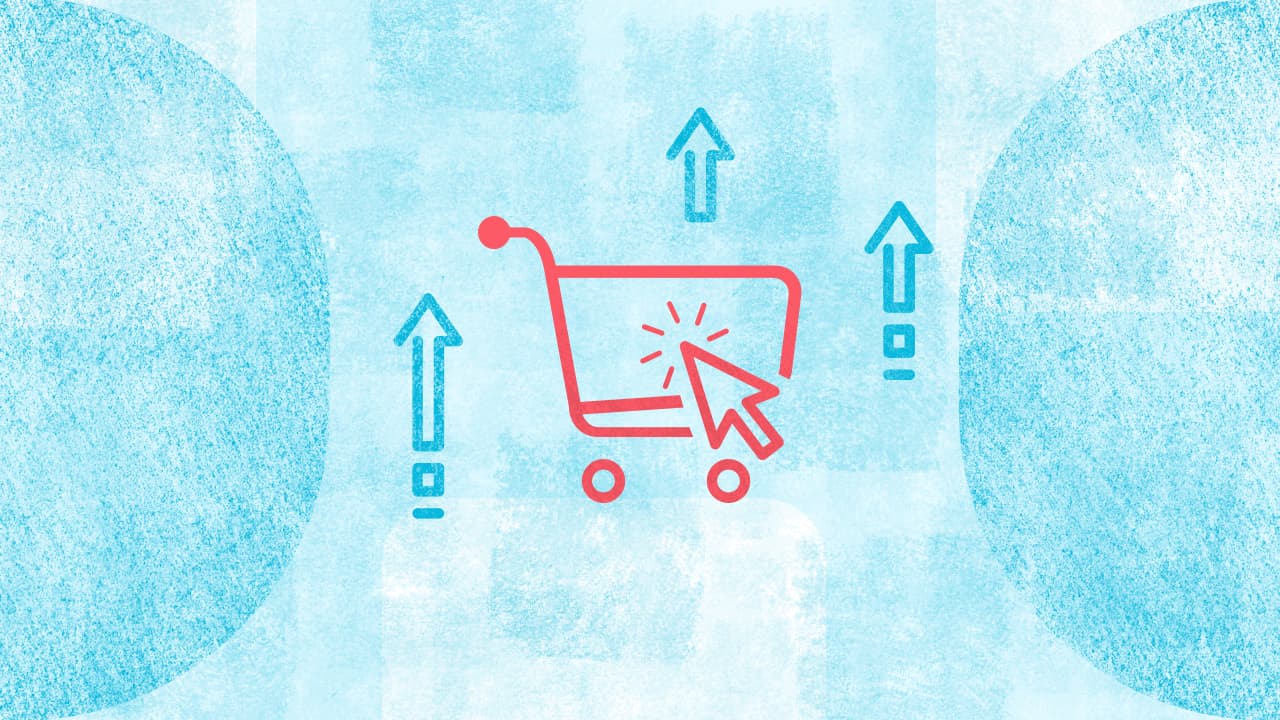With Social Media Advertising and search engine marketing becoming the norms in every industry, it is now really hard to strategize your marketing. Top Brands are spending more and more just to stay relevant and in the eyes of customers. This puts a lot of pressure on the upcoming eCommerce businesses to reinvent their business models around customer experience. The term “Customer-Experience” comprises of all the interactions a person has with your brand starting from when they think about making a purchase.
To Understand the width of customer experience, you need to understand the customer journey for your eCommerce business.
- What Is A Customer Journey Map?
- How Is A Customer Journey Map Helpful For eCommerce?
- Steps To Create A Customer Journey Map For eCommerce
What Is A Customer Journey Map?
Customers today spend a lot of time researching the products they want and compare all their options. During the course of this research and comparison, a customer interacts with your brand in many ways through various channels. These channels include your social media, your ads, your reviews, as well as your eCommerce store. Every time a person interacts with your eCommerce business, you have a chance to convert them into a loyal customer.
“Customer Journey is defined as the path a customer takes via all the interactions, touchpoints & experiences with your eCommerce brand to make a purchase and even beyond.” It is the narrative your customers live while buying products from you and using them. A visual representation of this journey is known as the “Customer Journey Map”
How Is A Customer Journey Map Helpful For eCommerce?
The Customer Journey map started as a marketing strategy tool, but now it has evolved into a methodology for shaping entire business models, especially eCommerce. We’ve mentioned some of the immediate ways a customer journey map can help your eCommerce business.
Strategize Inbound Efforts
Having a customer journey map and an understanding of how a customer discovers your products can help you strategize your product discovery. A customer journey map has all the touchpoints from where your customers reach your eCommerce store. You can then make sure your brand is present at all the touchpoints to engage your customers.
Create New Target Customers
Once you have the entire customer journey mapped out for your eCommerce business, you can then look for people performing similar actions and interactions across the internet and use social media and search engine marketing to target these new set of customers. Many eCommerce brands have seen a high revenue growth using the customer journey map.
Streamline Company Priorities
eCommerce is a highly competitive field of business with hardly any headroom for resources. The customer journey map provides the most practical and highly effective vision for a business to focus their priorities. You can clearly see where the most scope of improvement is and where can you get the most returns.
Assigning ownership Within The Organisation
Customer journey maps are great to visualize how your customers discover, interact, and stay with your brand. It can be a great way of dividing responsibilities for each touchpoint & interaction to the responsible teams in your business. This not only increases accountability and ownership but also helps you identify the week points in your own organization.
Steps To Create A Customer Journey Map For eCommerce
Now that we’ve almost convinced you that your eCommerce business needs its customer journey map, let us tell you how you can create it easily.
We know each business is unique and there are so many factors that influence the customers, but these steps will help you discover the customer journey of your eCommerce business by guiding you through.
1. Put yourself In Your Customer’s Shoes
The first step to creating a customer journey map is to put yourself into your customer’s shoes. Pick a product that you have on your eCommerce store and think about how you would go about buying it. Search for it online, read the reviews, and visit your store. By doing this, you will discover some touchpoints and interactions. Note them down.
2. Create A Focus Group And Observe Their Actions
Next, create a focus group of your ideal customers, and if possible, keep your business name anonymous. Ask the users to buy a product online which you have on your eCommerce store as well and observe their actions carefully. Then compare your journey and the journey of the focus group individuals and you will have an understanding of how well you know your customers and what their actual journey is. You will also have more touchpoints and interactions at this step.
3. Understand Your Customer By Engaging With Them
With the list of discovered touchpoints and interactions, you can now begin to strategize how to engage with your customers and win them over. You will need to look into how to present your eCommerce store at it’s best on each touchpoint, be it a search engine, social media, third party reviews and recommendations, and more. The customer journey map also requires you to identify the interactions where your customers can engage with your brand. Each engagement is an opportunity to delight customers and win them over.
Statusbrew allows you to build customer relation on social media, offers social listening and reputation management. Learn more about social media management with Statusbrew.
4. Know Your Buyer’s Goals And Painpoints At Every Step
By now, you must have laid down the basic steps in the customer journey map for your eCommerce business using the identified touchpoints, interactions & engagements. Now it is time to populate them with insights.
You need to have 3 key insights for each point.
- Goals: What does the customer want to achieve at this point?
- Feelings: What frustrates or delights the customer?
- Pain points: What would customers like to be improved?
You can collect these insights by analyzing customer data and using surveys and questionnaires.
5. Visualize The Journey & Understand It
Simplify all the information you have collected, and make it into a visually understandable document. This final document will be your customer journey map. You can format it according to your eCommerce business and divide the touchpoints according to teams, or steps in the journey. There are many tools available to visualize your customer journey but the best one out there is Microsoft Visio. Here’s an example of an eCommerce customer journey map.
6. Apply Your Knowledge & Repeat
A customer journey map provides you with so many new insights about your customers and your eCommerce business. Now it is time to strategize and apply the knowledge you have just gained. Focus your efforts on the most important interactions and improve the user experience for your customers. The Customer’s needs keep evolving and hence, you need to keep updating your customer journey map to stay close to your customers and serve them better. Having a repetitive process in place for maintaining the customer journey map can help your eCommerce business in the long run.
In conclusion, we hope this article helps you in knowing your customers better and succeeding in your eCommerce venture. If you are looking for a social media management tool to manage your reputation, give Statusbrew a try.




Explore the Statusbrew range of social media tools
Cancel anytime!